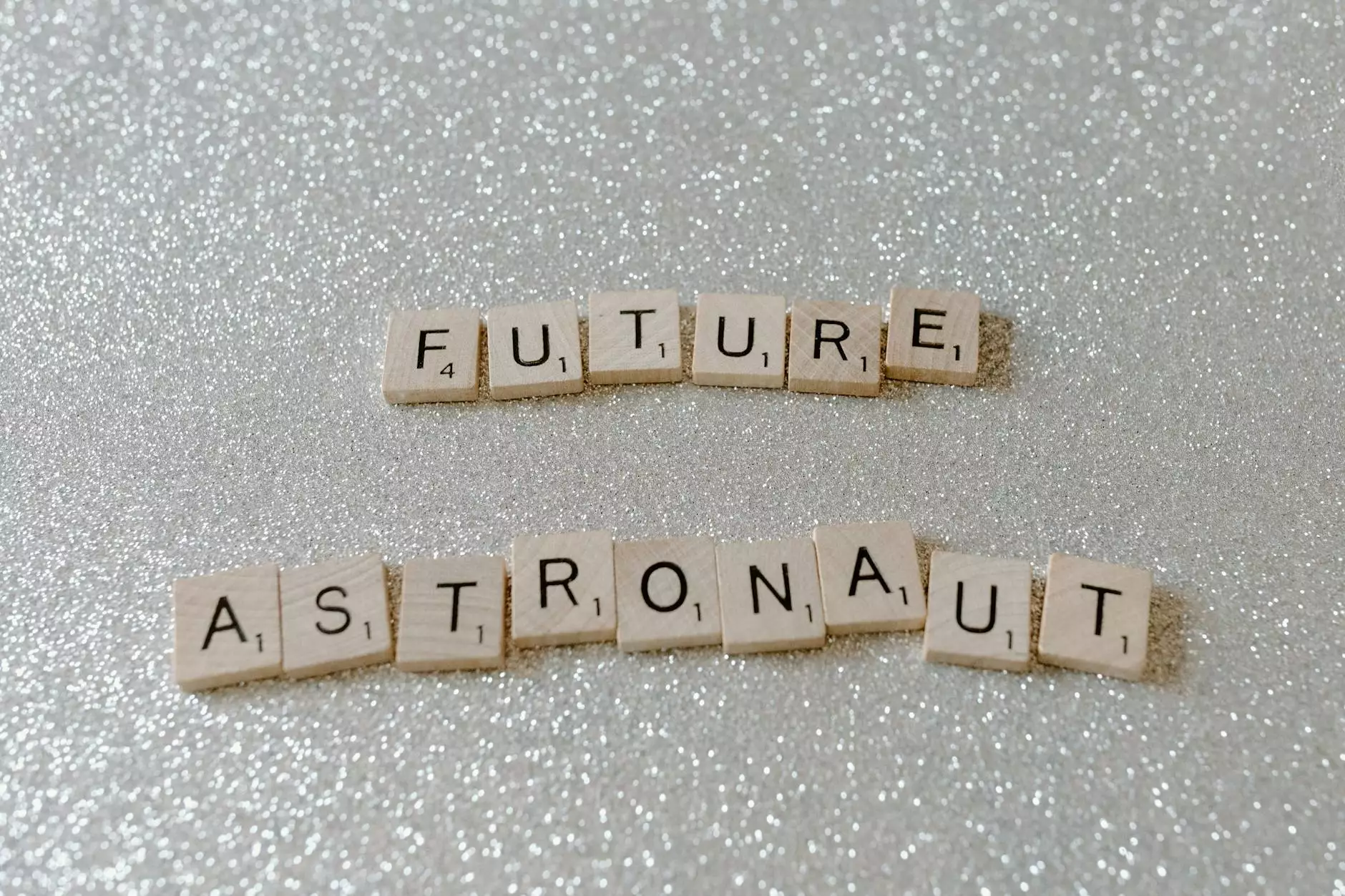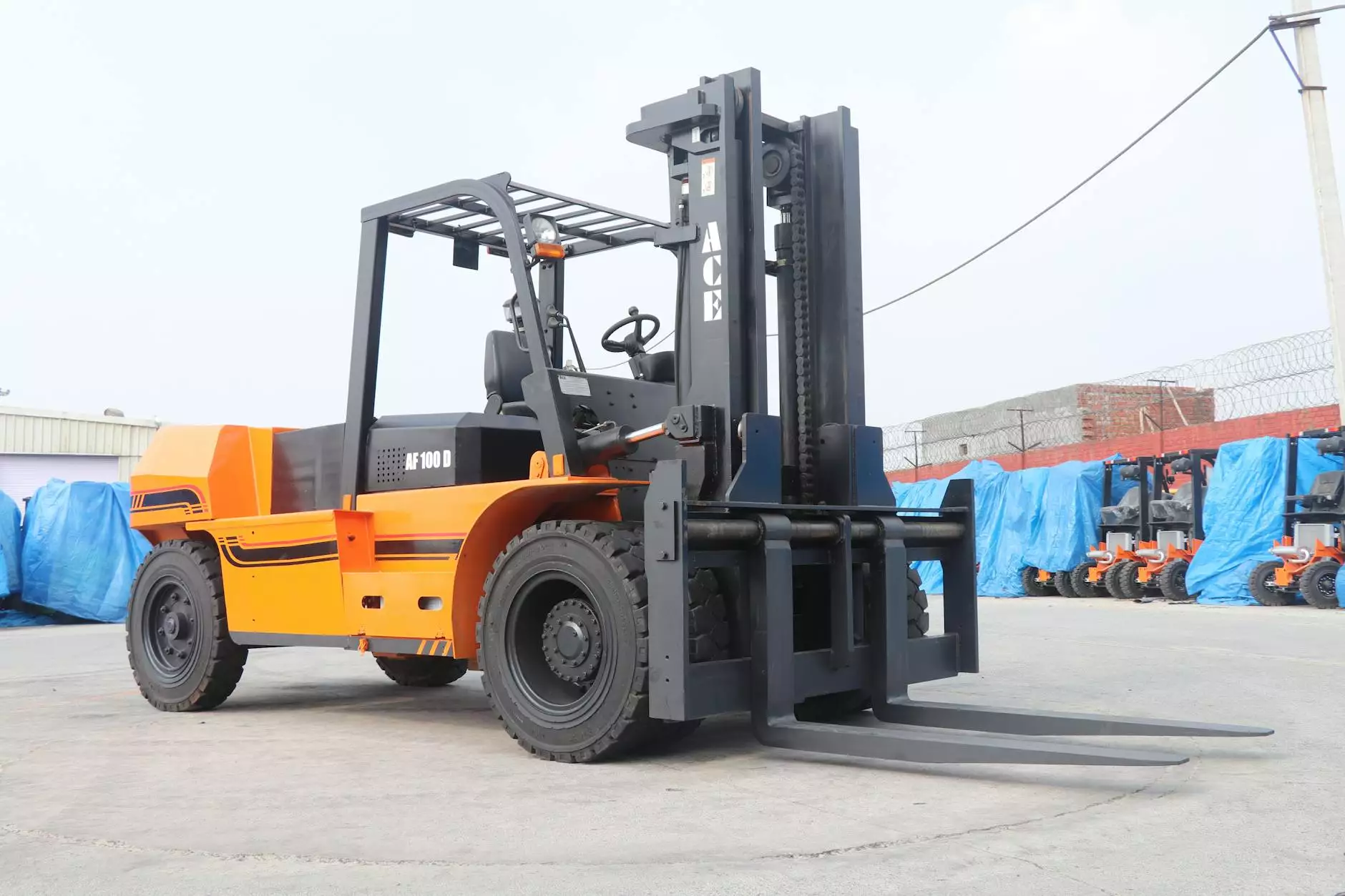The Price of Rhodium: A Comprehensive Guide

The price of rhodium has seen significant fluctuations in recent years, capturing the attention of investors and collectors alike. As one of the rarest precious metals, rhodium plays a crucial role in various industrial applications, particularly in the automotive industry, which has driven its demand and impacted its market price. In this article, we delve deep into what influences the price of rhodium, its historical trends, and how it compares to other precious metals such as gold, silver, platinum, and palladium.
Understanding Rhodium: Characteristics and Uses
Rhodium is a silvery-white metallic element that belongs to the platinum group of metals. Renowned for its high reflectivity and resistance to corrosion, rhodium is primarily utilized in:
- Automotive Catalysts: Rhodium is integral in catalytic converters to reduce harmful emissions in vehicles.
- Jewelry: Its bright appearance is often used to plate white gold and silver to enhance shine.
- Electronics: Rhodium's excellent conductivity makes it valuable in various electronic applications.
- Industrial Applications: Its resistance to heat and corrosion makes it suitable for specialized manufacturing processes.
Factors Influencing the Price of Rhodium
Several key factors contribute to the price of rhodium, making it subject to market volatility. Understanding these factors is crucial for investors and businesses alike:
1. Supply and Demand Dynamics
The fundamental driver of rhodium's price lies in its supply and demand dynamics. With rhodium being one of the rarest precious metals, the balance between its availability and industrial demand is delicate. Key points include:
- The majority of rhodium production occurs in a few countries, particularly South Africa, which produces about 80% of the global supply.
- As the automotive industry pivots towards stricter emission standards, the demand for rhodium in catalytic converters continues to rise.
2. Market Speculation
Market speculation often plays a significant role in the price of rhodium. Investors sometimes buy and sell rhodium based on anticipated future trends rather than current supply and demand. This can lead to:
- Sudden spikes in prices due to anticipated shortages.
- Market corrections when speculation does not align with real-world applications.
3. Economic Indicators
General economic conditions heavily influence precious metals prices, including rhodium. Economic growth tends to increase industrial production and vehicle sales, enhancing demand for rhodium. Conversely, economic downturns can lead to:
- Reduced production and manufacturing, lessening the demand for rhodium.
- Investors seeking refuge in more stable assets like gold, affecting rhodium's valuation.
4. Regulations and Policies
Government regulations on emissions and environmental standards directly impact rhodium demand. Stricter regulations increase the necessity for catalytic converters, thus driving up the price of rhodium. Factors here include:
- Legislation aimed at reducing carbon footprints in major economies pushes auto manufacturers to integrate more rhodium into their vehicles.
- Changes in recycling policies may impact the supply of used rhodium from old catalytic converters.
Historical Trends in the Price of Rhodium
Analyzing the historical trends of rhodium prices unveils a landscape of peaks and valleys, often correlated with global economic events:
The Boom Period
In the early 2000s, the price of rhodium surged dramatically to highs of $10,000 per ounce. This period was marked by:
- Intense demand from the automotive industry as environmental regulations tightened.
- A scramble among manufacturers to secure adequate supplies of rhodium for catalytic conversion processes.
The Crash and Recovery
Following the 2008 financial crisis, the price of rhodium plummeted, reaching lows of around $800 per ounce. Several factors contributing to this decline included:
- A significant drop in automotive production.
- Decreased demand for rhodium in industrial applications.
However, since then, the market has experienced a steady recovery, establishing a new price equilibrium influenced by ongoing demand and supply challenges.
Comparing Rhodium with Other Precious Metals
The price of rhodium often commands more attention than its counterparts like gold, silver, platinum, and palladium. Here's how rhodium compares with these metals:
Gold
Gold is typically the go-to asset for investors seeking stability. While rhodium prices can be much higher than gold, its market is far more volatile. Key comparisons include:
- Gold serves as a hedge against inflation, whereas rhodium's value is driven more by industrial demand.
- Gold markets are significantly larger and more liquid than those for rhodium.
Silver
Silver shares some industrial applications with rhodium, but its primary value remains as a precious metal and investment. Differences include:
- Silver’s price is influenced heavily by both industrial demand and investor sentiment.
- Rhodium's extreme rarity allows for much higher price points, particularly in industrial applications.
Platinum
Platinum is a close relative to rhodium, and they share many applications within the automotive sector. Their price dynamics showcase:
- Platinum tends to have a more stable price than rhodium.
- While both are used in catalytic converters, rhodium's scarcity places it at a premium compared to platinum.
Palladium
Palladium has emerged as a strong alternative to rhodium in catalytic applications, influencing its price and demand. Factors to consider are:
- Palladium has seen surging prices due to high demand and limited supply, often outperforming both platinum and rhodium at times.
- However, rhodium remains preferred for high-emission vehicles because of its efficiency.
Investing in Rhodium: Opportunities and Risks
With the increasing interest in rhodium investment, potential investors should be aware of both the opportunities and risks presented by this precious metal:
Opportunities
- Rarity: Its extreme scarcity can often translate to higher long-term value.
- Industrial Demand: With tightening emission standards, the essential application of rhodium in automotive manufacturing may lead to price increases.
- Portfolio Diversification: Adding rhodium to an investment portfolio provides diversification, especially for those focused on precious metals.
Risks
- Market Volatility: The price of rhodium is historically volatile, with steep fluctuations occurring in short time frames.
- Limited Market: Compared to gold or silver, the rhodium market is much smaller, which can impact liquidity.
- Industrial Dependency: A downturn in industries reliant on rhodium could sharply decrease its value.
Conclusion: The Future of Rhodium Pricing
The price of rhodium is shaped by a multitude of factors, including supply and demand dynamics, market speculation, and economic conditions. As we look ahead, the importance of rhodium in various industrial applications, particularly in a world increasingly focused on reducing emissions, suggests a potentially stable or even increasing price trajectory. Investors and collectors would be wise to remain informed on market trends and economic indicators that may influence this precious metal's valuation in the years to come.
For those looking to buy or sell precious metals, including rhodium, don’t hesitate to explore options available at donsbullion.com. With expertise in gold, silver, platinum, and palladium bullion, we are here to assist you in navigating investments tailored to your financial goals.









